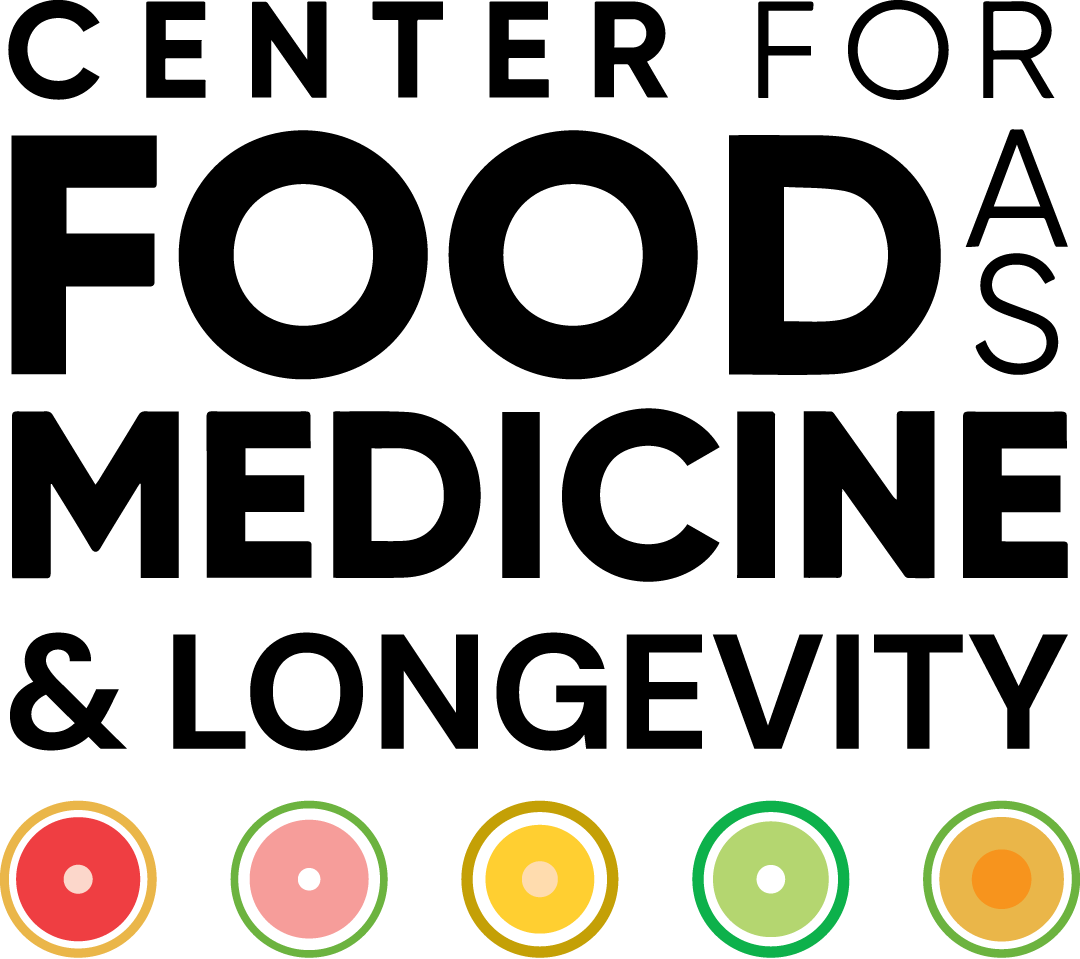“I went to a restaurant that serves ‘breakfast at any time.’ So I ordered French Toast during the Renaissance.”
— Steven Wright
There has always been the breakfast conundrum. Breakfast has always existed because it quite literally means to break the fast of the evening before, and thus, whatever you first eat after awakening is breakfast. The confusion constantly swirls around what to eat and when to eat it.
The current conventional wisdom that promotes breakfast as “the most important meal of the day” has its origins in the early 20th century. In fact, that very phrase originated as part of an advertising slogan for Kellogg’s breakfast cereal in 1917. Early research during this period consisted of studies funded by cereal companies. They reported data that people who ate breakfast performed better throughout the day. However, the studies often ignored what people ate for breakfast.
Nonetheless, the marketing and advertising machines continued to push the idea that a breakfast meal, comprised of their cereal products, paved the way for greater productivity and better health. This became so entrenched as conventional wisdom that, as recently as 2010, a report noted that the U.S. government’s breakfast recommendations included the fact that “five of 15 studies mentioned by the government in its breakfast push were funded by General Mills or Kellogg,” with three specifically examining cereal. It is facts like these that have led Dr. David Ludwig, a professor of nutrition at Harvard T.H. Chan School of Public Health, to observe that “The idea that breakfast is essential comes from the historical push by the food industry, not from unbiased research.” Despite the facts, ready-to-eat (RTE) breakfast cereals are the most commonly consumed form of breakfast among children in the United States.
- The study was a cross-sectional analysis using data obtained from the Mintel Global New Products Database.
- Children’s cereals targeted at those aged 5 to 12 years from 2010 to 2023 were analyzed.
- Approximately 1200 RTE cereals were examined.
- Variables analyzed included total fat, sodium, total carbohydrates, sugar, protein, and dietary fiber (per serving).
- From 2010 to 2023, there were notable increases in the amounts of fat (33% increase), sodium (32% increase), and sugar (11% increase) found in children’s cereal.
- From 2010 to 2023, those increases noted above were accompanied by significant decreases in protein and fiber.
- As a group, a single serving of an RTE breakfast cereal exceeded 45% of the American Heart Association’s daily recommended limit of sugar for children.
The Caveat:
This study highlights several fascinating phenomena. The first is how a message that is effectively and persistently conveyed, in this case, the advertising idea that breakfast is the most important meal of the day, can embed itself in the collective conventional wisdom. Despite precise data to the contrary, this perception, along with many other food myths, e.g., eating fat makes you fat, persists in our current contemporary culture.
The second is linked to the first in that many breakfast cereals examined in this study are often perceived and marketed as ‘healthful choices.’ What this data shows is a continuing trend representative of ultraprocessed foods as a whole, that is, their characteristic addition of significant amounts of sugars, salt (sodium), and fats. Not addressed in this study are the facts that many, if not most, of these RTE children’s breakfast cereals are ultraprocessed, not just because of the added layers of sugars, salt, and fats, but due to many additional additives and their processing methods, e.g., extrusion, which acts to degrade and destroy the natural food matrix.
Over 80% of children and adolescents (according to data from the CDC National Center for Health Statistics between 2015 and 2018) consume breakfast on any given day. Given that a majority of the breakfasts consumed by children and adolescents are RTE cereals, and that the dietary patterns we experience in youth can affect our choices as adults, these findings are concerning on multiple levels. Beyond the poor nutritional content of these offerings, the fact that they are ultraprocessed adds additional health concerns. What is of equal concern is the fact that through marketing and advertising practices that remain little changed from a century ago, dietary preferences and patterns forged amongst the youngest and most vulnerable of our society are currently being expressed in terms of the chronic disease explosion. This is why solutions need to be comprehensively and thoughtfully addressed beyond a self-congratulatory reflex following the ban on single additives like food dyes.
The Study
Additional Resources:

